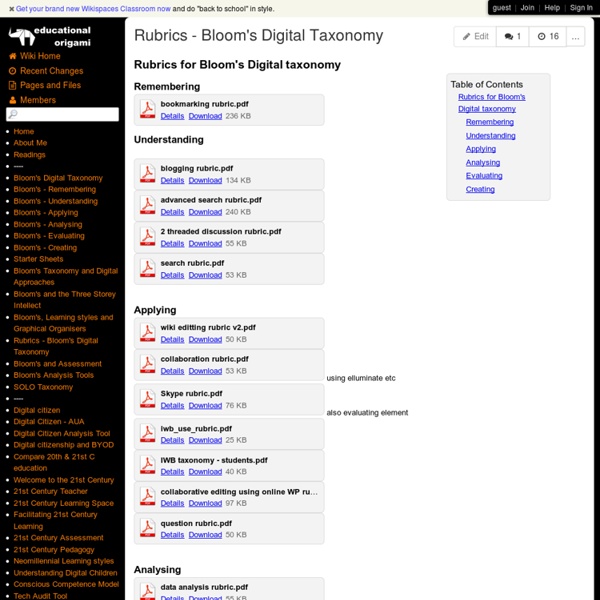



4 Steps to Real Learning Infographic Teacher Infographics 4 Steps to Real Learning Infographic 4 Steps to Real Learning Infographic The 4 Steps to Real Learning Infographic presents 4 steps a teacher can do today to help make learning more real, along with practical strategies/suggestions for each: Redesign feedbackEvaluate learning throughout the lessonAsk students questions about interests and goals to incorporate in learning,Link to the outside world with real-world connections or actual problems to solve. Is your feedback specific and direct? Via: magic.piktochart.com Embed This Education Infographic on your Site or Blog! About PISA PISA is unique because it develops tests which are not directly linked to the school curriculum. The tests are designed to assess to what extent students at the end of compulsory education, can apply their knowledge to real-life situations and be equipped for full participation in society. The information collected through background questionnaires also provides context which can help analysts interpret the results. In addition, given PISA is an ongoing triennial survey, countries and economies participating in successive surveys can compare their students' performance over time and assess the impact of education policy decisions. Since the year 2000, every three years, fifteen-year-old students from randomly selected schools worldwide take tests in the key subjects: reading, mathematics and science, with a focus on one subject in each year of assessment. Students take a test that lasts 2 hours.
The_Case_for_Critical_Thinking_Skills.pdf 23_Responding_Responsibly_to_the_Frenzy_to_Assess_Learning_in_Higher_Education.pdf 24_Looking_Where_the_Light_is_Better_A_Review_of_the_Literature_on_Assessing_Higher_Quality_Education.pdf Change Magazine - September/October 2011 by Thayer E. Reed, Jason Levin and Geri H. Malandra The idea for this article came from Change editor Peg Miller, who heard a short description of what Kaplan University is doing to assess teaching and learning, including the recent completion of our work to “close the loop.” She asked if we would write an article that explains how we are able to take results from a regular program of course-level assessment, use them to inform curricular changes, and then measure the learning in those revised courses to determine whether and which changes made a difference. Our story answers some basic questions: Why was it important for Kaplan University to implement course-level assessment? Why Course-Level Assessment Is Important to Kaplan University It is true that assessment is important to all accredited postsecondary institutions; we are required to assess student outcomes. We are also a student-focused institution that emphasizes flexible programs and market-relevant degrees. Overview of the CLA